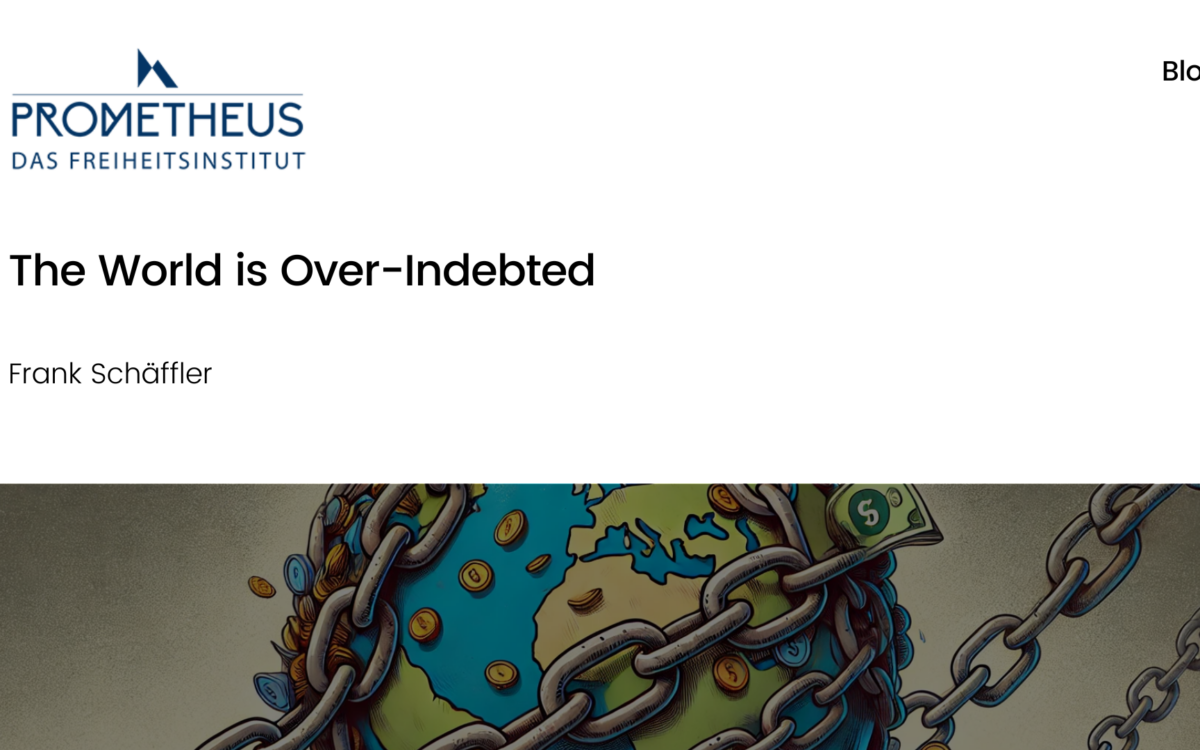A Few Points on Europe’s Desperate Need for a Capital Markets Union

A Few Points on Europe’s Desperate Need for a Capital Markets Union
Pablo Balsinde // 1 March 2017
Since the European Commission’s Action Plan on Building a Capital Markets Union in 2015, strengthening and integrating capital markets across the Union has been one of the EU’s main priorities and one of the central pillars of the Investment Plan for Europe (informally known as the Juncker Plan). With the launch of a public consultation last month as part of the CMU’s midterm review, the topic is at the top of the commission’s agenda. The CMU has the potential to tackle some of Europe’s most profound structural problems. Although critics persist in arguing the plan will lead to a more financially unstable Europe, and claim the commission has made no progress since the Action Plan in this respect, their arguments are largely misguided. At the same time, opponents point out important issues that must be addressed, like the lack of discussion of some of the cultural problems that keep Europe financially divided.
Free movement of capital within Europe has been a legislative reality since the Treaty of Rome. However, financial markets including those of deposits, insurance, and corporate financing remain strongly divided along national boundaries. There are many reasons for this, but the most important one (and the reason why the CMU is so integral to European prosperity) is the prominence of high-street banks in all of these markets. European citizens hold a much larger proportion of their wealth in banks than their American counterparts. Moreover, in the EU banks account for about 75% of corporate lending, compared to the 25% in the United States. Critics of the CMU, like Finance Watch, argue that there is no need to reduce the amount of bank financing, claiming that this arrangement is less pro-cyclical than one with a larger presence of capital markets, which they deem to be “highly dependent on investor’s greed and fear”.
This argument relies on stereotypes about financial markets, and ignores how hurtful the pro-cyclicality of banks has been to European economies. Take the case of Italy: companies in high-growth sectors there show a smaller reliance on equity financing (41% compared to France’s 57% or the UK’s 55%). Moreover, bond financing represents only 10% of corporate financial liabilities across the country. With such a dramatic dependence on bank lending and a financial system in a constant state of impending crisis, it should not come as a surprise that Italy has lagged behind in recuperating from the crisis. Italy’s experience, caused in part by their reliance on banks, has been so dramatic that the government has already taken steps to encourage the issuance of minibonds and a high participation of funds, including insurance funds, in purchasing them.
Basic economics should reveal that if a company has a wider set of options from which to find resources, the resulting competition should decrease the cost of financing. In a situation where competition among funding sources is scarce, we would expect higher financing costs. However, to account for this phenomenon, Finance Watch has argued that small and medium-sized enterprises lack access to finance largely because of geographical fragmentation rather than an overall shortage of supply. The fact that large corporations, which have the capacity to afford bond issuances, do not have this problem should be indicative enough of what the cause of high costs of financing are. But even if one misses this, their argument ignores the fact that the geographic fragmentation is itself primarily caused by the economy’s overreliance on bank funding. Banks are almost always associated with a country or region, so a dependence on them will, naturally, geographically restrict the sources of your funding – hence the reason why we need the Capital Markets Union. Moreover, studies show that long term loans are the least integrated bank product in the union, and the bank product that has converged the least since the crisis.
Although Finance Watch’s assessment of the dangers of market funding is misguided, their point on geographic fragmentation addresses one of the main difficulties towards achieving a unified capital market – cultural differences. In a survey aimed at European high growth companies conducted by TheCityUK in collaboration with Ernst & Young, 90% of respondents expressed no intention of switching away from bank financing, and 30% showed no knowledge of the existence of available alternative sources. One of the most important reasons for this was the already established relationship with the local or regional bank.
Language and cultural practices prevent companies from even considering changes to their funding model. Even at the level of banking, the status of some banks as symbols of national pride has prevented financial integration – with the example of the Italian government’s blocking BBVA’s purchase of Banca Nazionale del Lavoro. No solution to these cultural separations is given in the Green Paper, the Action Plan, nor the Consultation, yet cultural differences prove to be one of the strongest barriers towards integration.
A few brief points have been made arguing for the necessity of the Capital Markets Union here. Although the Commission is generally moving in the right direction, because of the scope of the project many related issues will have to be tackled that lie outside of the Action Plan. The most important one of these, which remains largely untouched by the Commission, is the cultural problem discussed. At the same time, many related European Directives will also have to be addressed such as the Solvency II Directive and the Prospectus Directive – a legislation in which the Union does not seem to be heading in the right direction.
EPICENTER publications and contributions from our member think tanks are designed to promote the discussion of economic issues and the role of markets in solving economic and social problems. As with all EPICENTER publications, the views expressed here are those of the author and not EPICENTER or its member think tanks (which have no corporate view).



